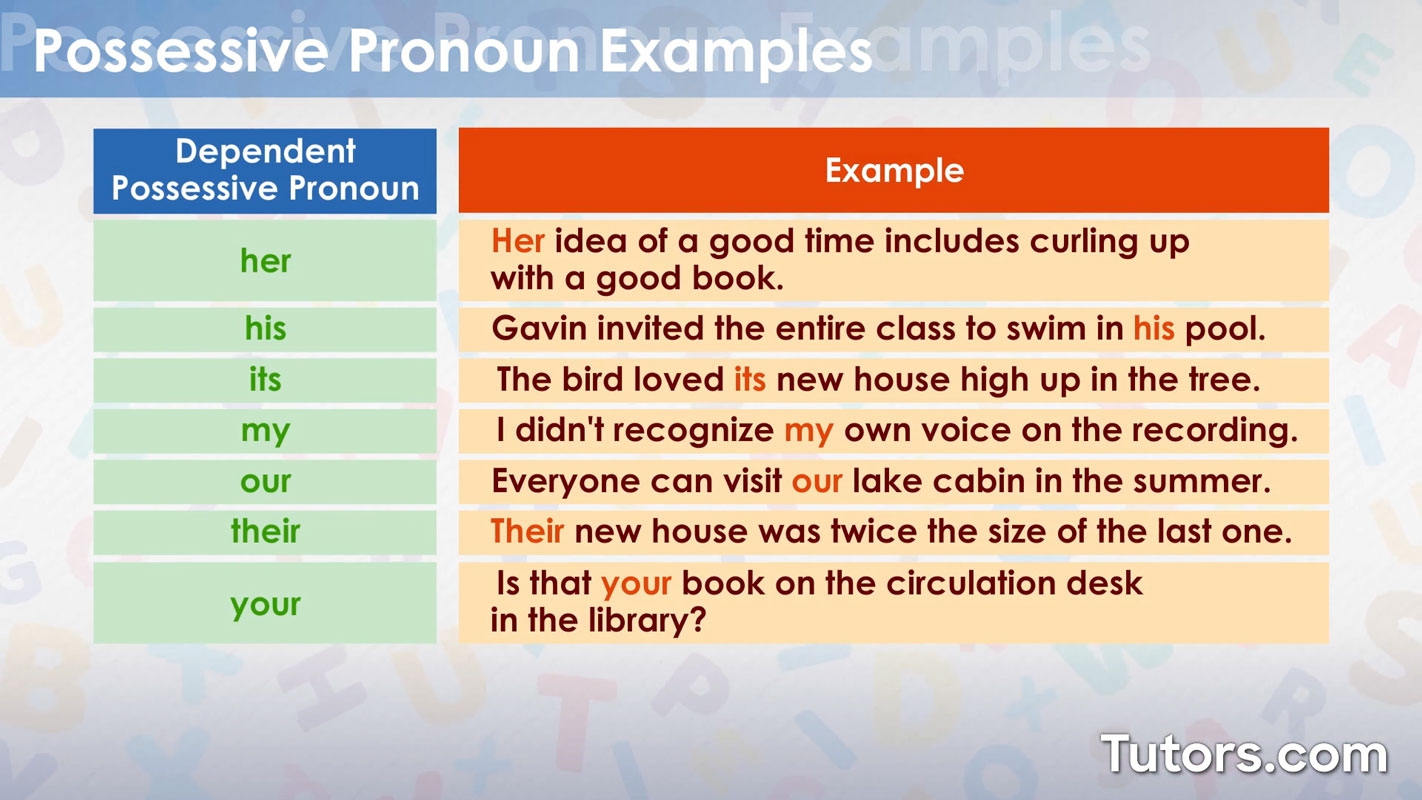When it comes to grammar, possessive singular forms play a crucial role in indicating ownership or possession of a singular noun. These forms are used to show that something belongs to someone or something else. Understanding how to correctly form possessive singular examples is essential for effective communication in writing.
It is important to note that possessive singular forms are created by adding an apostrophe and an “s” to the noun. For example, if you want to show that a book belongs to Sarah, you would write “Sarah’s book.” This simple addition of an apostrophe and an “s” changes the meaning of the sentence to indicate possession.
Possessive Singular Examples
1. The dog’s tail wagged happily as it greeted its owner.
2. Emily’s car is parked in the driveway.
3. The child’s toy was left on the playground.
4. The teacher’s desk was cluttered with papers.
5. The bird’s nest was nestled in the tree branches.
These examples illustrate how possessive singular forms are used to show ownership or possession in sentences. By using the apostrophe and “s” correctly, you can clearly convey who or what the object belongs to.
When forming possessive singular examples, it is important to remember that the apostrophe always comes before the “s” when the noun is singular. This rule applies to both living beings and inanimate objects. For example, “the cat’s whiskers” or “the car’s engine.”
Using possessive singular forms correctly can help to avoid confusion in writing and ensure that your meaning is clear to readers. It is a simple yet essential aspect of grammar that can enhance the overall quality of your writing.
In conclusion, possessive singular examples are a fundamental part of grammar that indicate ownership or possession of a singular noun. By understanding how to form these examples correctly, you can effectively communicate who or what something belongs to. Practice using possessive singular forms in your writing to improve clarity and precision in your sentences.
